Work in Action.
2021 Water Data Prize Key Takeaways
From the submissions received there were many key takeaways as communities begin their lead-free journey:
The best lead service line replacement programs require an integrated approach - from data and technology to equity and communications. The prize categories reflect that interconnectedness - and the winners and submissions we saw do, too. For example, a well-devised map that shows where lead lines are will also help better communicate the problem to customers. A focus on equity may require a full lead inventory to understand where the most vulnerable populations are in relation to a community's pipes. And so on. The best solutions to lead service line replacement, therefore, may be integrated ones.
Keeping things simple goes a long way. Water utilities are big on water problems and low on resources to solve those problems. Solutions that are easy to adopt - even on a shoe-string budget and with limited resources and investment needed - are more likely to be useful over the long run to water utilities.
Building public trust in water, while not a prize category, is a big winner anyway. EPIC's Water Data Prize was founded on the premise that more Americans should trust the water coming from their kitchen taps. We therefore appreciate the submissions that will help further this goal by partnering with the community, pushing information out proactively to the public, being straightforward and clear in communications and visual tools like maps, and ensuring transparency with the public at all stages.
Here are the top best practices for water utilities to follow through your lead-free water journey.
-
Be Clear about the Accuracy of Predictive Models. Data has the capacity to mislead, misrepresent, or harm communities.
Technical Capacity Varies. Not all utilities have IT departments or experience working with open source tools. Finding ways to simplify use is essential.
Consider Different Users. There can be multiple users of tools - utility staff, customers, and even regulators. Clearly defining the users and working with those users to develop a tool will help ensure its success.
-
Avoid mapping pitfalls. Many lead maps fail to explain missing or unknown data, define public v. private service lines, let customers look up homes, or offer a course of action.
Design maps to enhance engagement and accessibility. For example, all information should be provided within a website, as external links can reduce engagement. Be mindful of the limited mapping expertise resident may have and make use of modern practices to increase accessibility.
Integrate mapping with other communications tools. Mapping was a key feature of many communication campaign submissions; there are also ways to use mapping to customize communications materials.
While helpful, in-house GIS staff are not always necessary to meet your mapping or inventory goals. There are great, affordable resources and organizations that you can leverage to bolster your lead-free water programs.
-
Mapping. Maps - when coupled with sound analytics - can identify or highlight equity considerations, and to visualize complex data sets.
Build Trust. Tools and engagement strategies done in partnership with community-based organizations can help to build trust with residents and improve program design and implementation.
Center User Experience. Design is important insofar as it helps usability of tools, and it must be done in regular consultation with users.
Use Community Generated Data. Supporting community-generated data can help to improve understanding and inform lead replacement programs, while also building trust.
Clearly Define Equity. When defining equity, consider factors like tax and property parcel data, service history, demographics, and other household level data - also EPA's environmental justice tenets and equity index tools.
-
Focus on community understanding, not utility marketing. Beautiful design is nice, but only if it enables community understanding and action.
Consider multiple communications channels. Local newspapers, radio, television, personal calls, social media, presentations - these channels can collectively help reach different community members.
Innovate with mandated water quality reports, but don't rely on them. While regulations about water quality reporting can feel restrictive, there are ways to make them more engaging to readers. See results from 2020 Water Data Prize. However, utilities will need to go beyond annual reports to effectively reach customers.
Be clear about the health impacts of lead. Make information about health impacts prominent and use accessible language.
Avoid jargon. Use accessible, simple language and avoid acronyms and highly scientific terms. For example, use lead water pipe rather than "lateral."

